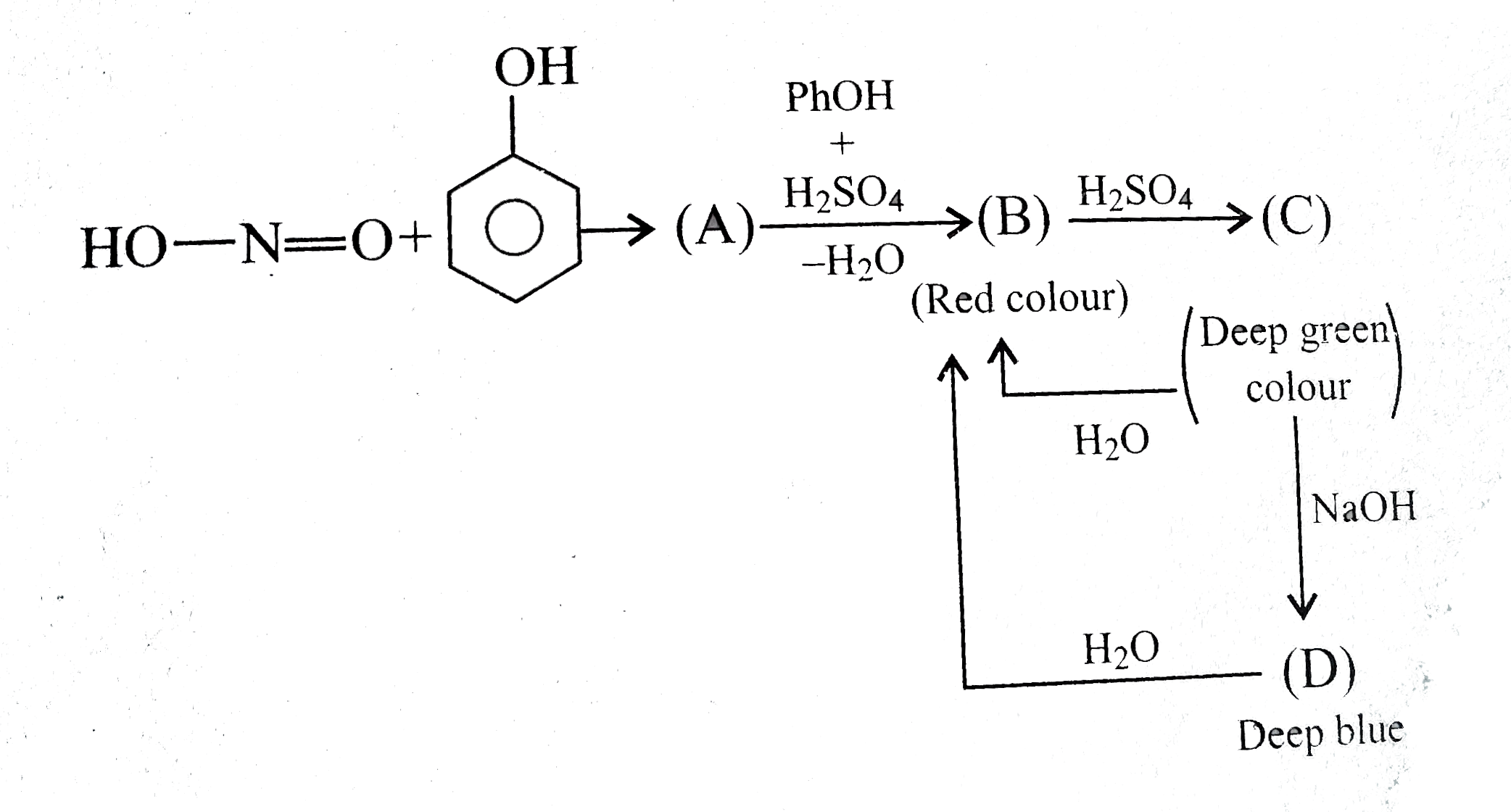Statement-1: K3[VF6] and KMnO4 are coloured compounds.
Statement-2: The colour of the compound is attributed to d-d transition in both the compounds.
Statement-1 is True, Statement-2 is True , Statement-2 is a correct explanation for Statement-1.
Statement-1 is True, Statement-2 is True, Statement-2 is NOT a correct explanation for Statement-1.
Statement-1 is True, Statement-2 is False.
Statement-1 is False, Statement-2 is True.
The correct Answer is:C
K3[V+3F6] exhibits colour due to d-d transition while KMnO4 due to charge transfer spectra.
Topper's Solved these Questions
- COORDINATION COMPOUNDSBOOK - OP TANDONCHAPTER - COORDINATION COMPOUNDSEXERCISE - MULTIPLE OBJECTIVE TYPE QUESTION
129 Videos
- COORDINATION COMPOUNDSBOOK - OP TANDONCHAPTER - COORDINATION COMPOUNDSEXERCISE - COMPREHENSION 1
3 Videos
- COORDINATION COMPOUNDSBOOK - OP TANDONCHAPTER - COORDINATION COMPOUNDSEXERCISE - G. Organometallic Compounds, Synergic Bonding
52 Videos
- CLASSIFICATION AND NOMENCLATURE OF ORGANIC COMPOUNDS BOOK - OP TANDONCHAPTER - CLASSIFICATION AND NOMENCLATURE OF ORGANIC COMPOUNDS EXERCISE - INTEGER
2 Videos
- ELECTROCHEMISTRYBOOK - OP TANDONCHAPTER - ELECTROCHEMISTRYEXERCISE - Matrix-Matching Type Question
3 Videos
Similar Questions
Knowledge Check

The deep blue colour of compound (D) is due to the formation of:Aa. Bb.
Bb. Cc.
Cc. Dd.Both (a) and (b).
Dd.Both (a) and (b).The colour of transition metal ion is attributed to:
Asmall sized metal ionsBcomplete ns subshellCincomplete (n - 1)d subshellDabsorption of light in the UV regionThe tendency of the transition elements to form coloured compounds is attributed to
ATransition of electrons from one atom to the otherBTransition of electrons from s-orbitals of then outer shells to p-orbitals.Cd-d-transition in last but one shell.DNone of the reason is correct.
Why are compounds of transition metals, generally coloured ?
View SolutionColour in transition metal compounds is due to
View SolutionColour in transition metal compounds is due to
View SolutionStatement I: CdS is yellow coloured.
Statement II: The d-d transition does not take place in this compound.
View SolutionStatement-1: Pentaamminethiocyanato-N-chromium(III) tetrachloridozincate(II) is a coloured compound and is an example of ionisation isomerism.
Statement-2: The compound is paramagnetic and therfore, d-d transition is possible.
View Solution
